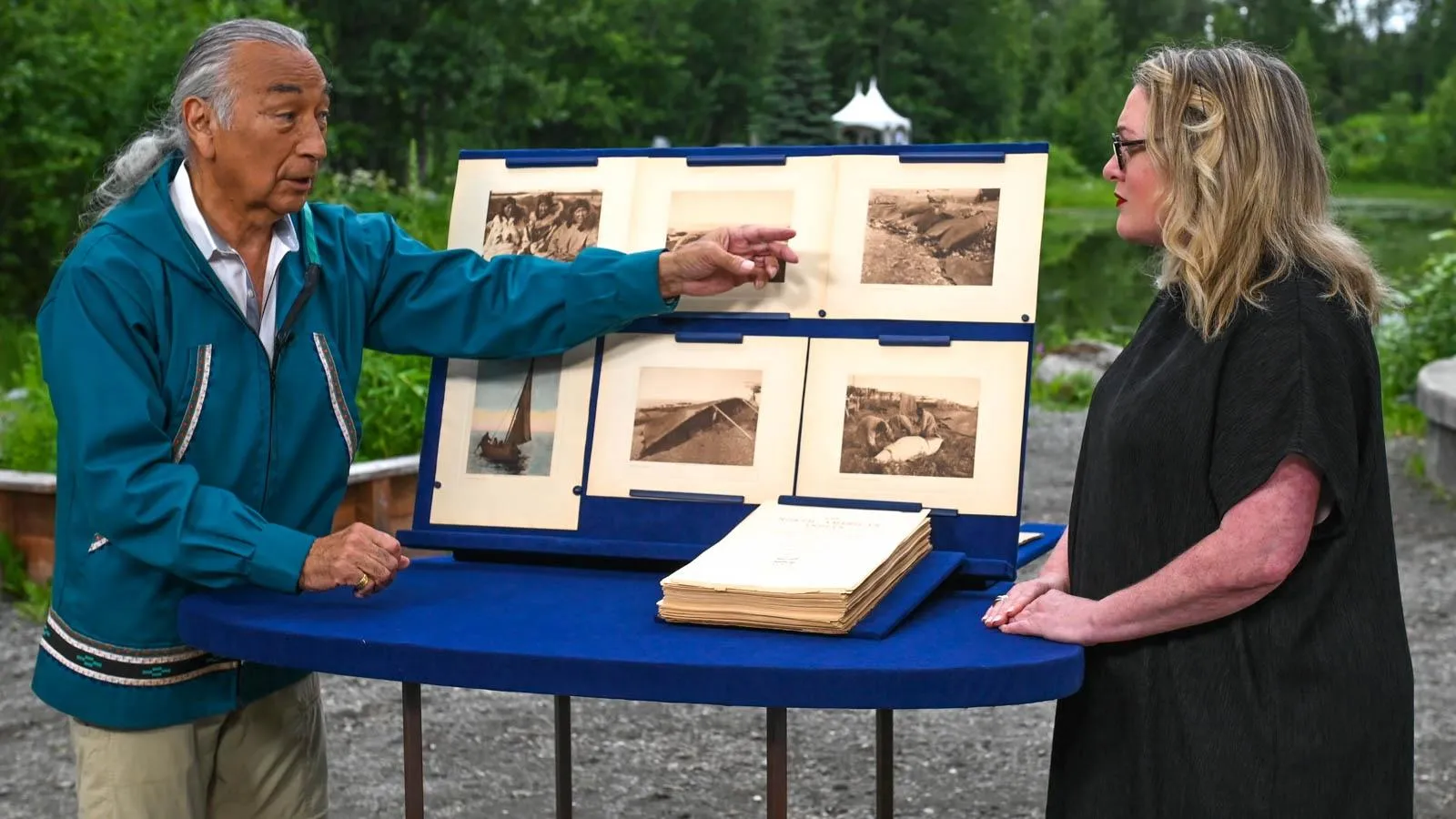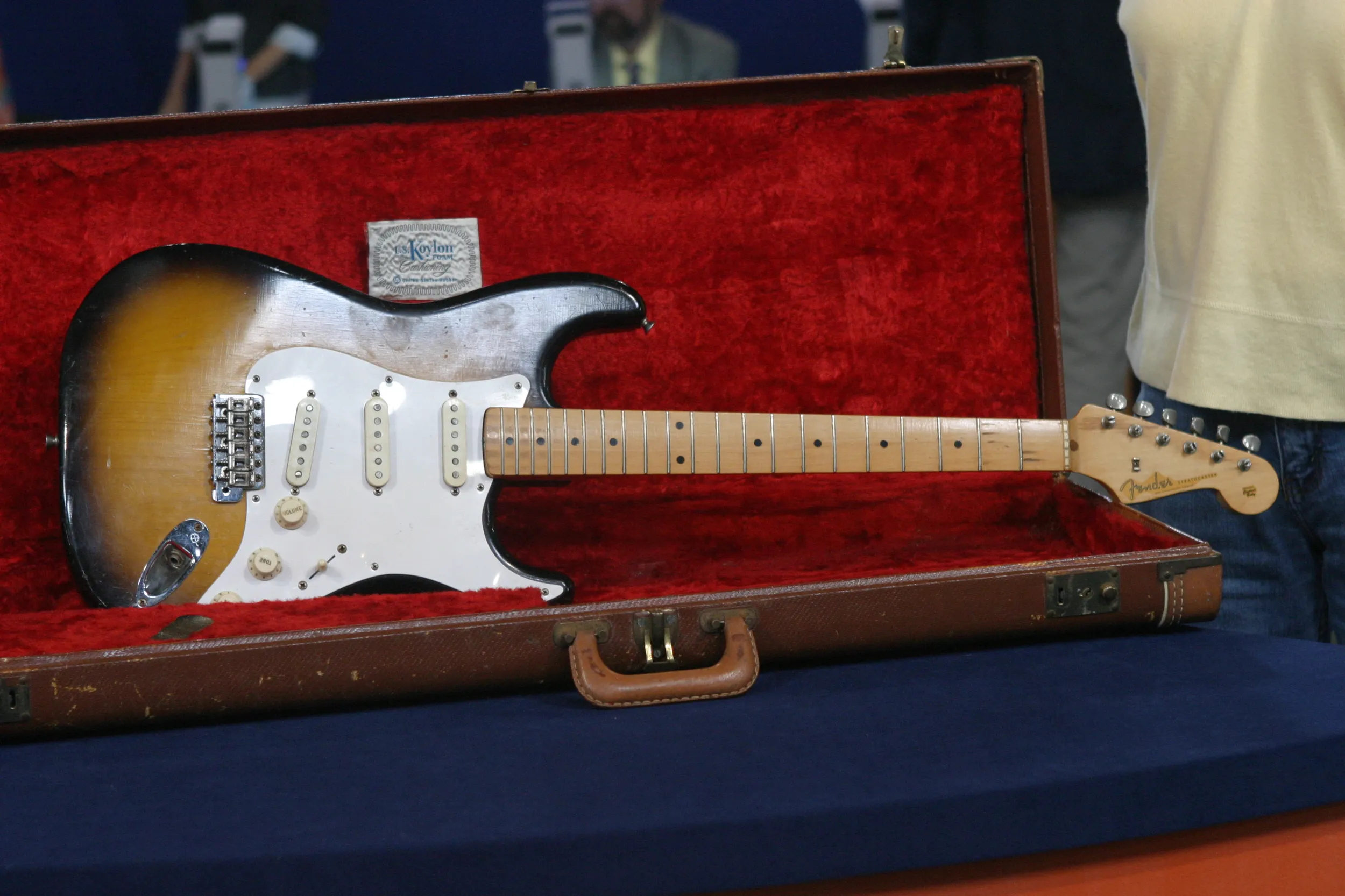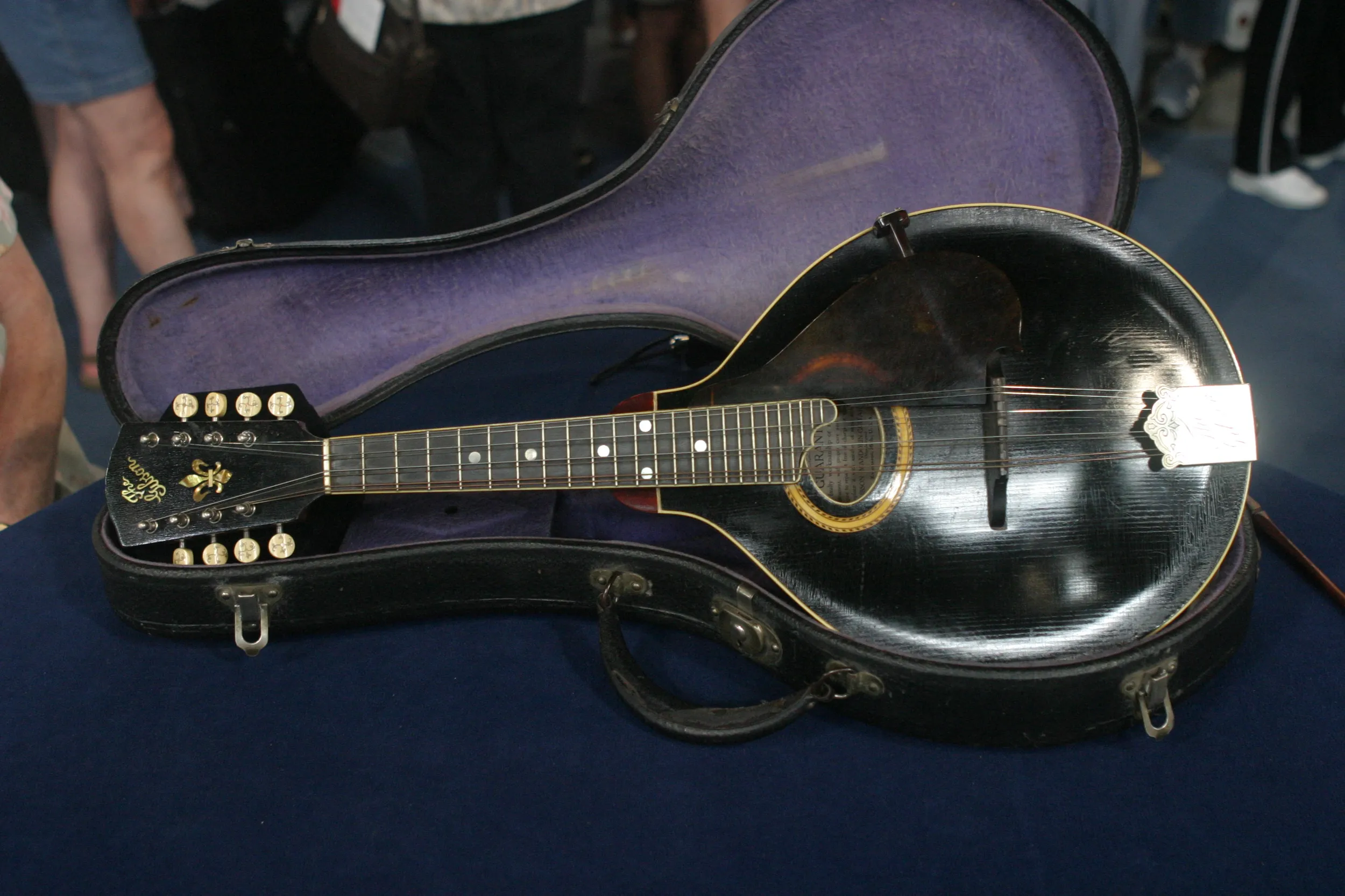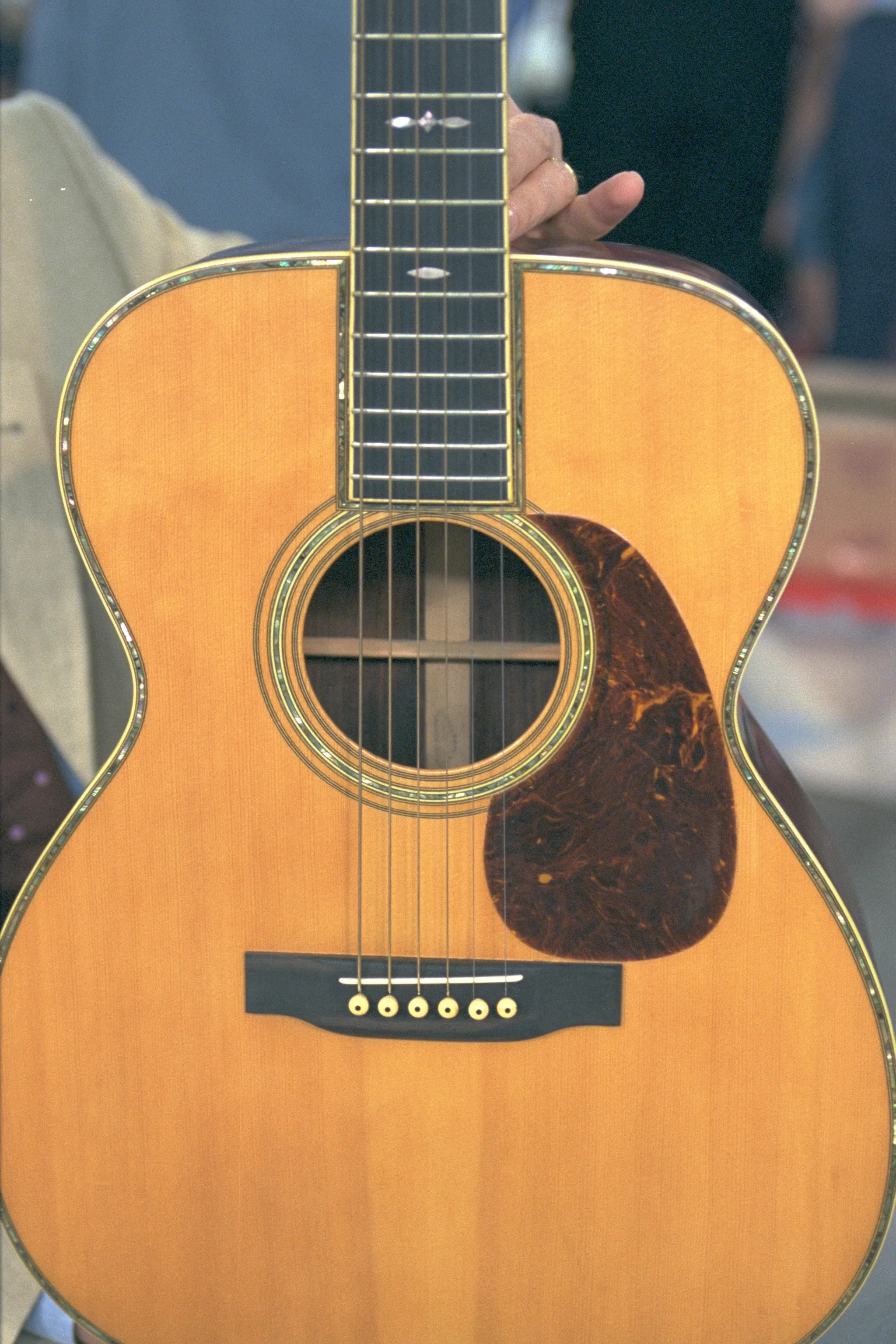APPRAISER: I'm so glad you brought this instrument in today. I didn't think I would ever have a chance to see one. It's a little bit like bumping into a woolly mammoth, to tell you the truth.
GUEST: (laughs) Five generations back in our family, they were in Nottingham, England, and this was a handmade violoncello, they called it.
APPRAISER: Mm-hmm.
GUEST: And he played it in the Church of England. They decided to emigrate to America, to Milan, Michigan, is where they ended up. And before they left, they had an auction, and on that list is the violoncello. Apparently, it didn't sell, so they brought it along with them, and it's been in our family ever since. When I moved to Alaska in 1994, I brought it with me, not sure what else to do with it, and we've had it here ever since.
APPRAISER: So, you're right, it's very similar to a cello, violoncello. And it, I saw that auction listing, and indeed, it was referred to as a violoncelli, but it's, actually, it's a bass violin. Now, in the history of musical instruments, bass violins are no longer made, they're no longer played, and they are part of the whole evolution of the violin family, of the bowed instrument family. They're extinct. And they were used a lot for playing in churches because they were loud and they could be heard. And one of the attributes of, uh, instruments that are called bass violins is that the width of the ribs, from, from here to here, it's extremely narrow. It's about a, a half or two-thirds what you would expect in a cello. So from the front, it looks totally standard, and then you look at it from the side, and it looks like it's shrunk a little bit, and that's for projection. So the back is closer to the belly, and the sound comes out, and with much more force.
GUEST: Ah.
APPRAISER: And so that would be perfect for a big, huge church, wouldn't it?
GUEST: Yes-- oh, my goodness.
APPRAISER: They were used up till the 1830s, 1840s, but they were mostly made in the late, uh, 1700s. So this would be an instrument from the 1780s or 1790s. It's in remarkably fine condition for being so old. We will never know who made it. One of the unusual things about it is that the belly is made out of mahogany. Well, I think if you've looked at any violin, viola, or cello, you will see that the top is made of spruce, and so this is mahogany. But what's good about mahogany? The worms don't like it.
GUEST: (chuckles)
APPRAISER: So it's not a particularly resonant wood, but it was made to be preserved. It's a very cool instrument. I think that, in the w, marketplace today, it's not that it has so much value, but it is rare and it's interesting, and your family has preserved it all these years, so bravo. I would value it at, at a price that would reflect what a cello, a basic cello would be worth today, and that's about $1,500 to $2,000.
GUEST: Oh, my goodness.
APPRAISER: In the retail market, yeah.
GUEST: Uh-huh. Okay, well, we mostly wanted to know about it, and that's exactly what you've shared.











